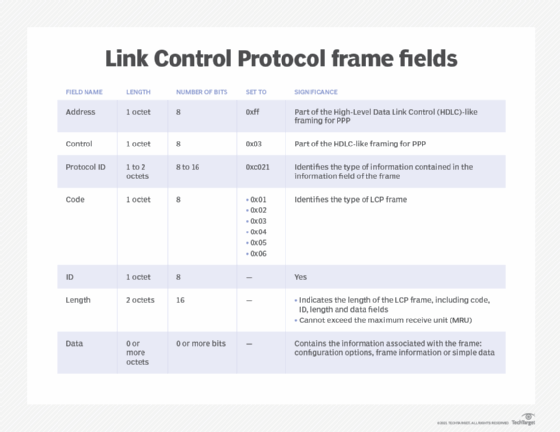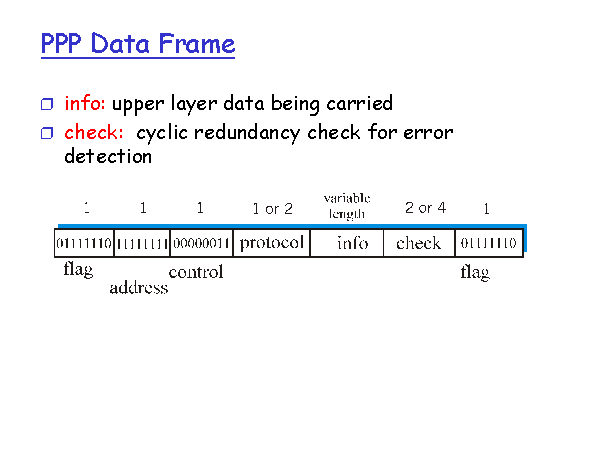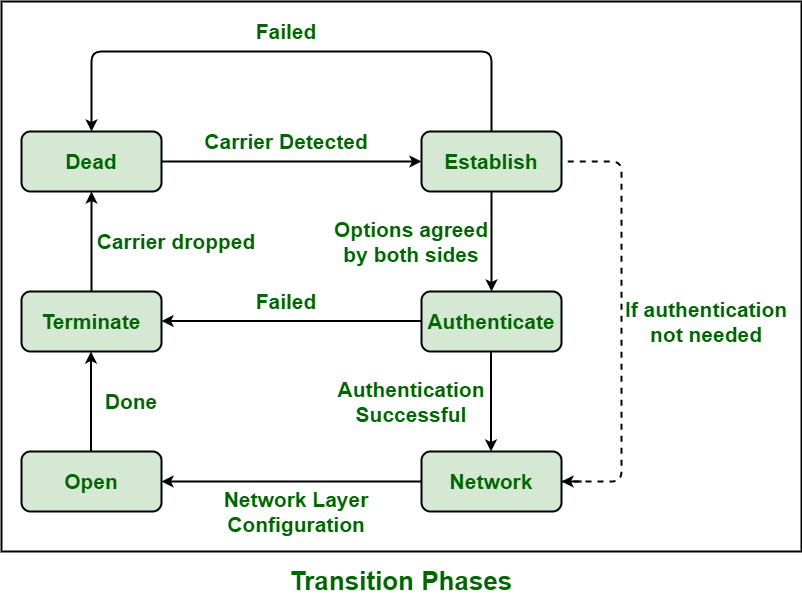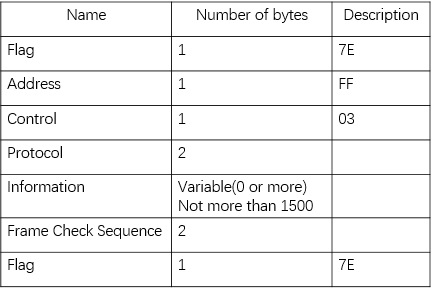


PPP permits multiple network layer protocols to operate on the same communications link. PPP – Network Control Protocol (NCP) (3.2.2.3) Figure 3-21 shows the relationship of LCP to the physical layer and NCP.

The only absolute requirement imposed by PPP is a full-duplex circuit, either dedicated or switched, that can operate in either an asynchronous or synchronous bit-serial mode, transparent to PPP link layer frames. PPP operates across any DTE/DCE interface (RS-232-C, RS-422, RS-423, or V.35). Synchronous serial, such as those that use basic telephone service for modem dialup connections.Asynchronous serial, such as leased line services.If too many errors are detected, PPP takes the link down.Īt the physical layer, you can configure PPP on a range of interfaces, including The link quality management feature, as shown in Figure 3-20, monitors the quality of the link. PPP includes many features not available in HDLC: There are many advantages to using PPP including the fact that it is not proprietary. PPP provides a standard method for transporting multiprotocol packets over point-to-point links. PPP originally emerged as an encapsulation protocol for transporting IPv4 traffic over point-to-point links.

Some of the more common NCPs are Internet Protocol (IPv4) Control Protocol, IPv6 Control Protocol, AppleTalk Control Protocol, Novell IPX Control Protocol, Cisco Systems Control Protocol, SNA Control Protocol, and Compression Control Protocol. PPP allows the simultaneous use of multiple network layer protocols. Family of Network Control Protocols (NCPs) for establishing and configuring different network layer protocols.Extensible Link Control Protocol (LCP) for establishing, configuring, and testing the data-link connection.HDLC-like framing for transporting multiprotocol packets over point-to-point links.
PPP FRAME CONTROL SERIAL
PPP establishes a direct connection using serial cables, phone lines, trunk lines, cellular telephones, specialized radio links, or fiber-optic links. PPP encapsulates data frames for transmission over Layer 2 physical links. PPP encapsulation has been carefully designed to retain compatibility with most commonly used supporting hardware.


 0 kommentar(er)
0 kommentar(er)
